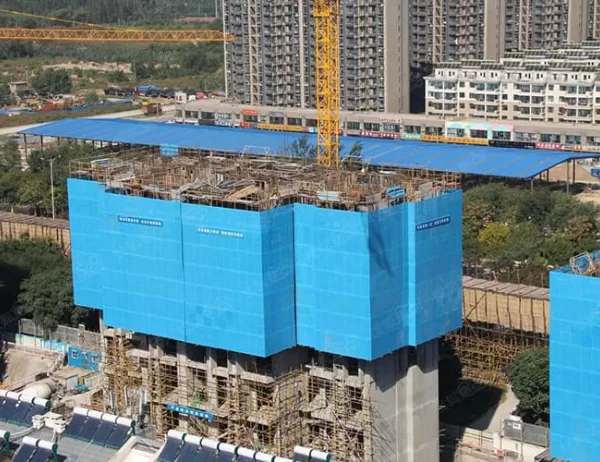Introduction
Aluminium alloy tubing is a lightweight, durable, and corrosion-resistant material commonly used in various industries. Due to its properties, it is essential to handle aluminium alloy tubing safely to minimize risks and ensure the well-being of individuals involved. This article explores crucial safety considerations when handling aluminium alloy tubing, addressing aspects such as material handling, cutting operations, welding techniques, and environmental factors.
Material Handling
– Wear Protective Gear: Workers handling aluminium alloy tubing should wear appropriate personal protective equipment (PPE), such as gloves, safety glasses, hard hats, and non-slip footwear. These measures prevent injuries from sharp edges, flying metal particles, or falling objects.
– Use Proper Lifting Techniques: Employ proper lifting techniques to avoid strains and injuries. Lift heavy tubes with two people or utilize mechanical aids like cranes or forklifts for larger loads. Maintain proper posture and avoid twisting or bending while lifting.
– Secure Tubing: Ensure secure storage and transportation of aluminium alloy tubing. Tie down loose tubes with straps or chains to prevent movement and potential accidents.
Cutting Operations
– Use Sharp Tools: Use sharp cutting tools for clean cuts and minimize burrs or sharp edges. Dull tools may cause the metal to bind or snap, leading to injuries.
– Wear Eye Protection: Wear safety glasses or a face shield when cutting aluminium alloy tubing. Metal particles can fly into the eyes during cutting operations, causing eye damage.
– Secure the Tube: Secure the tube firmly before cutting to prevent it from moving or vibrating. This ensures precise cuts and reduces the risk of accidents.
Welding Techniques
– Adequate Ventilation: Ensure proper ventilation in welding areas to remove harmful fumes and gases released during the welding process. These fumes can irritate the lungs and respiratory system if inhaled.
– Wear Welding Gear: Wear protective clothing, including gloves, welding helmet, long-sleeved overalls, and respiratory masks. These measures protect against heat, sparks, and electrical hazards associated with welding.
– Follow Safety Procedures: Adhere to established safety procedures and industry standards when welding aluminium alloy tubing. These guidelines minimize risks and ensure the safety of the welder and surrounding individuals.
Environmental Factors
– Avoid Wet Conditions: Aluminium alloy tubing should not be handled in wet or humid environments. Moisture can cause corrosion, leading to a weakened material and potential failure under stress.
– Store in Dry Place: Store aluminium alloy tubing in a dry and well-ventilated area to prevent moisture accumulation and corrosion.
– Handle with Care: Avoid dropping or mishandling aluminium alloy tubing to minimize damage. Sharp edges or dents can compromise the material’s structural integrity.




